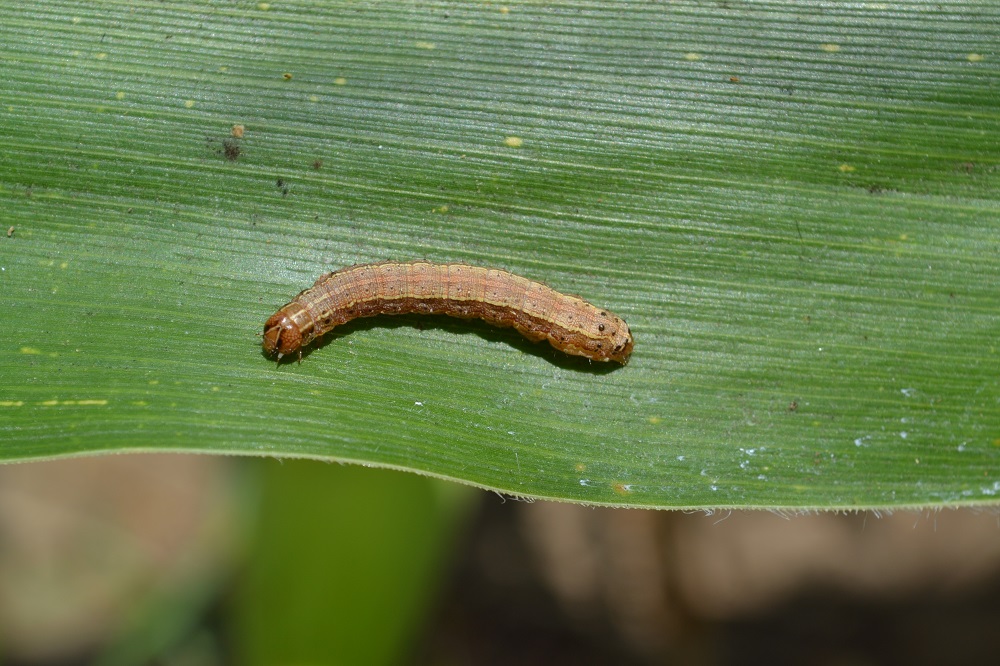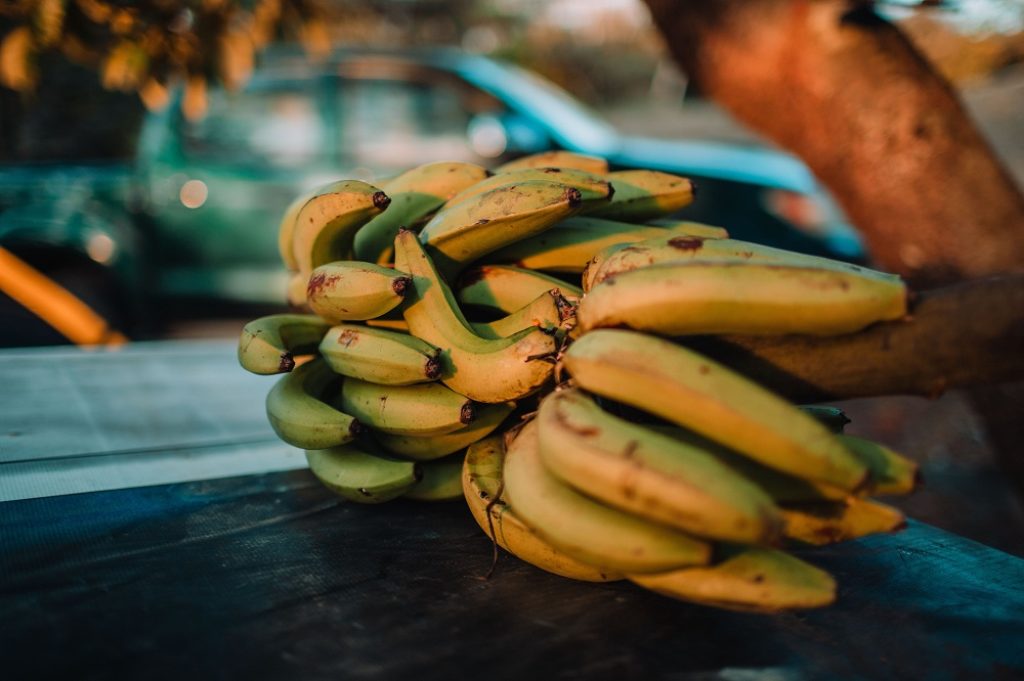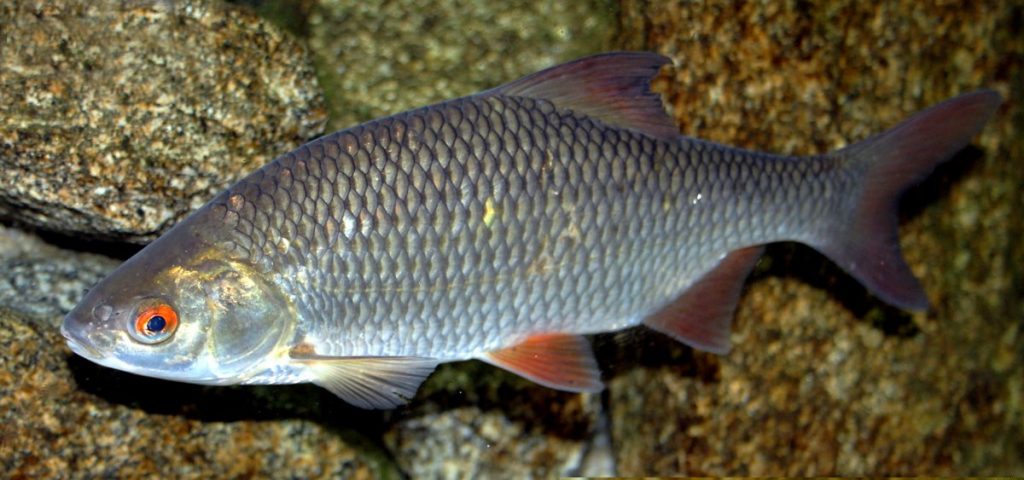Help improve the Invasive Species Compendium’s latest decision-support tool
Are you interested in a list of invasive plants in Australia negatively affecting agriculture? Or a list of invasive insects in Hawaii that can be introduced via contaminated clothing? Maybe you want to know which vertebrate invasives cause ecosystem changes or habitat alteration…?
Invasive Species Compendium use grows in 2020
In the first half of 2020, CABI’s Invasive Species Compendium (ISC) had over 1.5 million visits, around double the number for the same period in 2019. How much of this is down to the demand for high quality content and improvements that have been made to the site, and how much is down to people…
Open Access tools for Open Science
Each year on November 10th, World Science Day for Peace and Development celebrates the significance of science in daily life and the importance of involving the public in scientific developments and debates. This year, the theme for World Science Day for Peace and Development is “Open science, leaving no one behind”. The concept of “Open…
New upgraded invasive species Horizon Scanning Tool launched
Last week CABI launched the full version of its invasive species Horizon Scanning Tool, a free and open access online resource available via the Invasive Species Compendium that helps users make decisions about invasive species and identify possible risks in countries, provinces and states.
New Fall Armyworm Portal features as part of CABI’s upgraded Invasive Species Compendium
A new Fall Armyworm Portal, which includes the very latest reports and research regarding the devastating crop pest, now features as part of a major upgrade of CABI’s Invasive Species Compendium (ISC) launched today. The portal, created as part of the CABI-led Action on Invasives programme – funded by the UK’s Department for International Development (DFID) and the Netherland’s Directorate-General…
CABI’s ISC datasheets contribute to regulatory action against high-risk freshwater invasive species in the USA
Aquatic invasive species threaten aquatic resources by negatively impacting native organisms and altering ecosystems. They have a competitive advantage over native species because they lack natural enemies to control their spread, they grow and reproduce rapidly, and also adapt to a wide range of environmental conditions.
New in August 2015 from the ISC
In August 2015 the following datasheets were published on CABI’s Invasive Species Compendium (ISC). You can explore the open-access ISC here: www.cabi.org/isc Bidens frondosa (beggarticks) – native to North America, this herbaceous annual has a range of medicinal, herbal and decorative uses and been introduced throughout Europe as well as New Zealand and parts of Asia. The…










